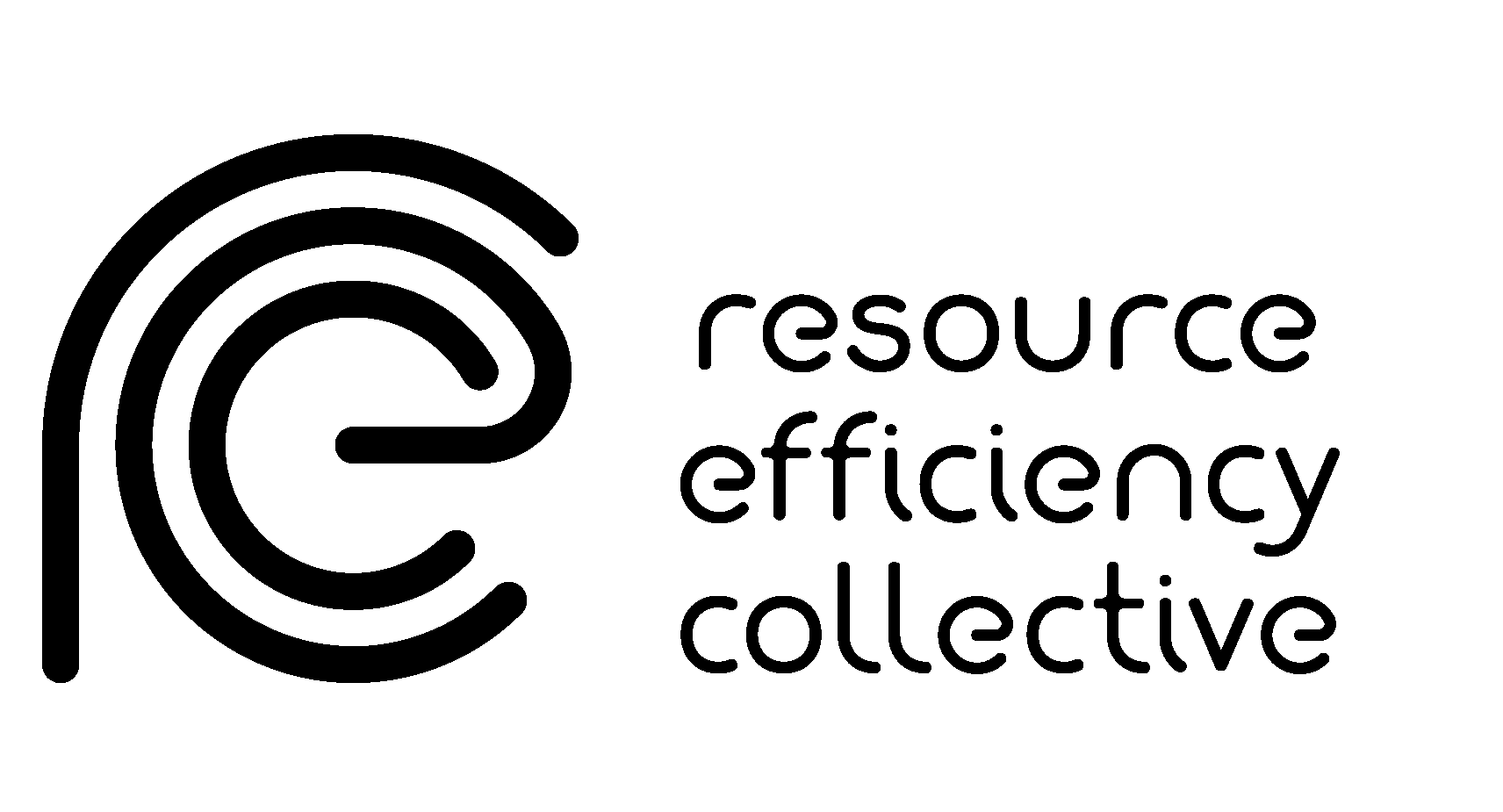Reducing energy demand: what are the practical limits?
Concern over the global energy system, whether driven by climate change, national security, or fears of shortage, is being discussed widely and in every arena but with a bias toward energy supply options. While demand reduction is often mentioned in passing, it is rarely a priority for implementation, whether through policy or through the search for innovation. This paper aims to draw attention to the opportunity for major reduction in energy demand, by presenting an analysis of how much of current global energy demand could be avoided. Previous work led to a “map” of global energy use that traces the flow of energy from primary sources (fuels or renewable sources), through fuel refinery, electricity generation, and end-use conversion devices, to passive systems and the delivery of final energy services (transport, illumination, and sustenance). The key passive systems are presented here and analyzed through simple engineering models with scalar equations using data based on current global practice. Physically credible options for change to key design parameters are identified and used to predict the energy savings possible for each system. The result demonstrates that 73% of global energy use could be saved by practically achievable design changes to passive systems. This reduction could be increased by further efficiency improvements in conversion devices. A list of the solutions required to achieve these savings is provided.
Cullen, JM and Allwood, JM and Borgstein, EH (2011) Reducing energy demand: what are the practical limits? Environ Sci Technol, 45. pp. 1711-1718













